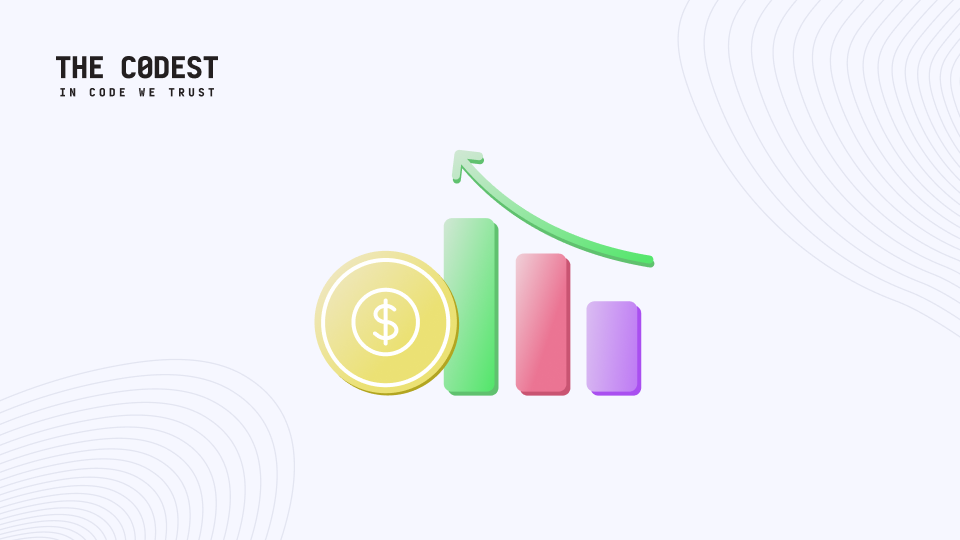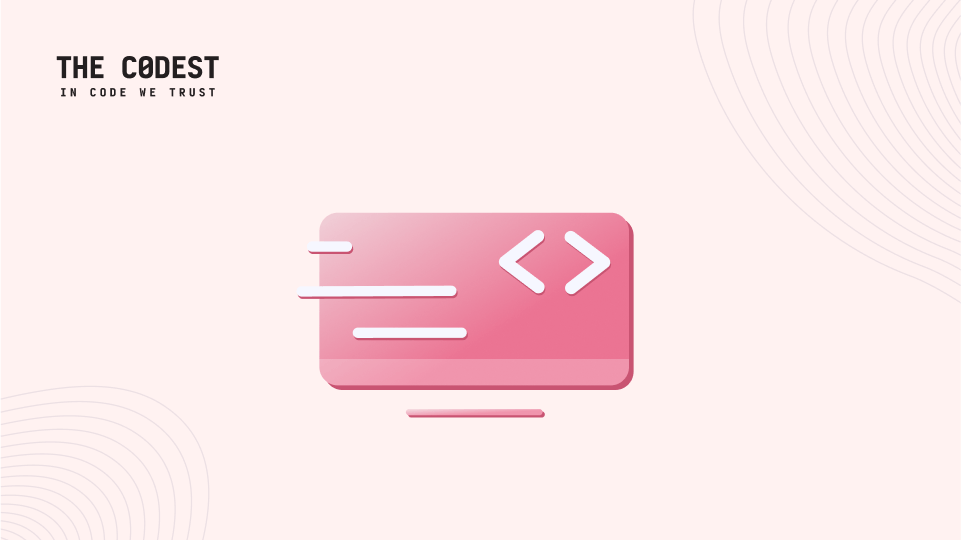‘I have a plan for my product. What I need is to start developing it’. We often have potential clients contact us in this way. In fact, building a product from scratch is not as easy as some people think. All processes should start with deep analysis and planning.
I want to reject a popular myth. It is not the case that clients with technology needs and who want to cooperate with a software house always come with a idea and work can start without any changes. Of course this can happen, but more often we are dealing with a prototype or idea that should be well thought through and properly modified by experts. In order for the product to have a high value, it is necessary to go through a multi-stage process that allows you to determine the “shape” of the product.
In other words, you are wrong if you think you know everything about your future product and all that you need is to build it. It is always sensible to consult with professionals who have experience and can help you create a really high-quality product that customers want to use. Deep analysis and tests are needed to make sure that what you build really makes sense.
Ok, let’s look at how to build products from scratch and beat the common statistic that 70% of products connected with building software will fail.
Find a profitable idea
A good idea is crucial. You must keep in mind that you are creating a product for your customers, not for you, and it must meet their needs. At the beginning it is useful to address four basic questions:
- What problem does your product solve?
- Has anyone already created a similar product? If so, what will make yours stand out from the competition?
- Would you like to use such a product yourself? You must believe that what you do makes sense.
- How can you ensure customers want to use your product?

Let’s meet your potential clients, know their expectations, and do some tests!
Your product must be in line with the needs of potential customers, so it is important to know their preferences. Analyses and tests must be carried out. You need to know how your target group behaves, what exactly they expect, and their various preferences.
UX designers play an important role in this development phase. Their job is to prepare mockups that will reflect user experiences. I always recommend carrying out A/B tests because they are important in tailoring a product that responds to real customer needs. I have written about this many times in my previous blog entries.
Start building software without time slips!
Only when you are sure you know what your product should look like, and what features and functions you need, should a team of developers start work. Once again, I will emphasize the importance of the previous testing phase. If it is done comprehensively then the developers can do their job efficiently without the need for changes and corrections that extend the development period.
At this point, I would like to refer to the MVP strategy. This is a very useful approach used in software development projects. You can read more about it here.

Introduce your product to the market and reach better conversion rates
After the work of the developers, if you have completed the previous phases comprehensively you can go to market with a great chance that your product will succeed. Of course, this is never guaranteed, but if you know the market needs and that customer behaviors match the features of your product, with an appropriate promotion strategy and reliable software you are well placed to win customers’ trust and start selling.
Of course, at this stage you will probably also need the support of experienced professionals who will, if necessary, modify the product and make necessary corrections. The key is to constantly analyze customer behavior and respond quickly.
The main considerations for building products from scratch
- Always tailor your product to an appropriate target group – don’t forget about meeting their needs and expectations.
- Make an innovative product to effectively compete with competitors and attract customers’ attention.
- Listen to expert advice – don’t be closed off to new solutions.
- Testing, testing and testing.
- Take care about funding – with no money to develop your product, you have little chance of success.
- Choose trusted and reliable partners to build your product.
Read more:







